How Often To Water Orchids – The Definitive Guide
Orchids are too often victims of under and over-watering. Discover how often popular species need to be watered and the key signs to look for.
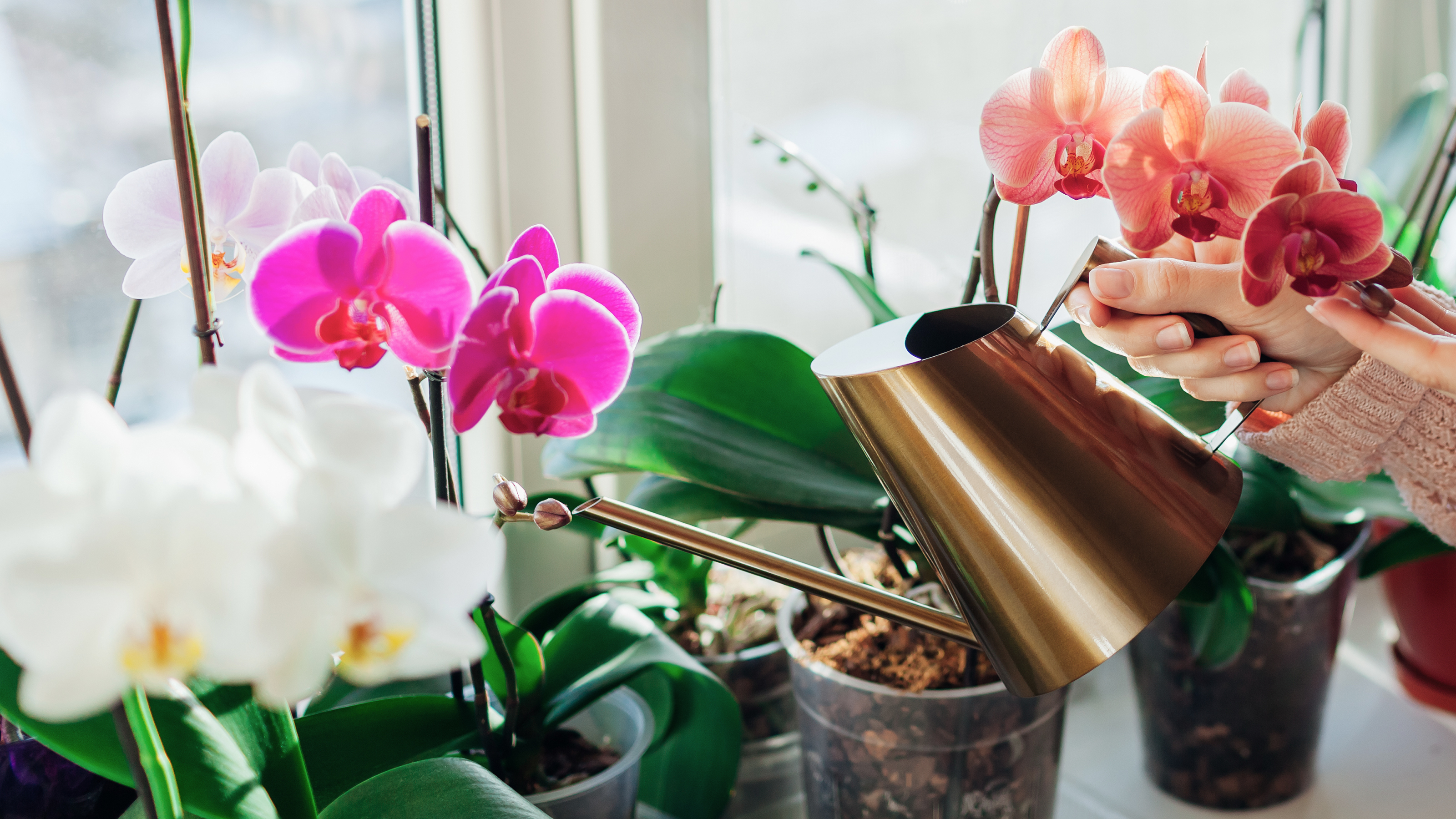
Confused about how often to water orchids? You're not alone – it is a common concern for owners of these stunning houseplants.
Understanding how to water orchids correctly is a huge part of the orchid care learning curve. Unfortunately, many growers find it challenging, and infrequent or excessive watering is the biggest cause of plant death.
Learning the key hydration signs to look for will help you spot whether your plant is too moist or dry, so you can respond correctly.
Don't forget that orchid fertilizing is an important part of plant care and should be done at the time of watering.
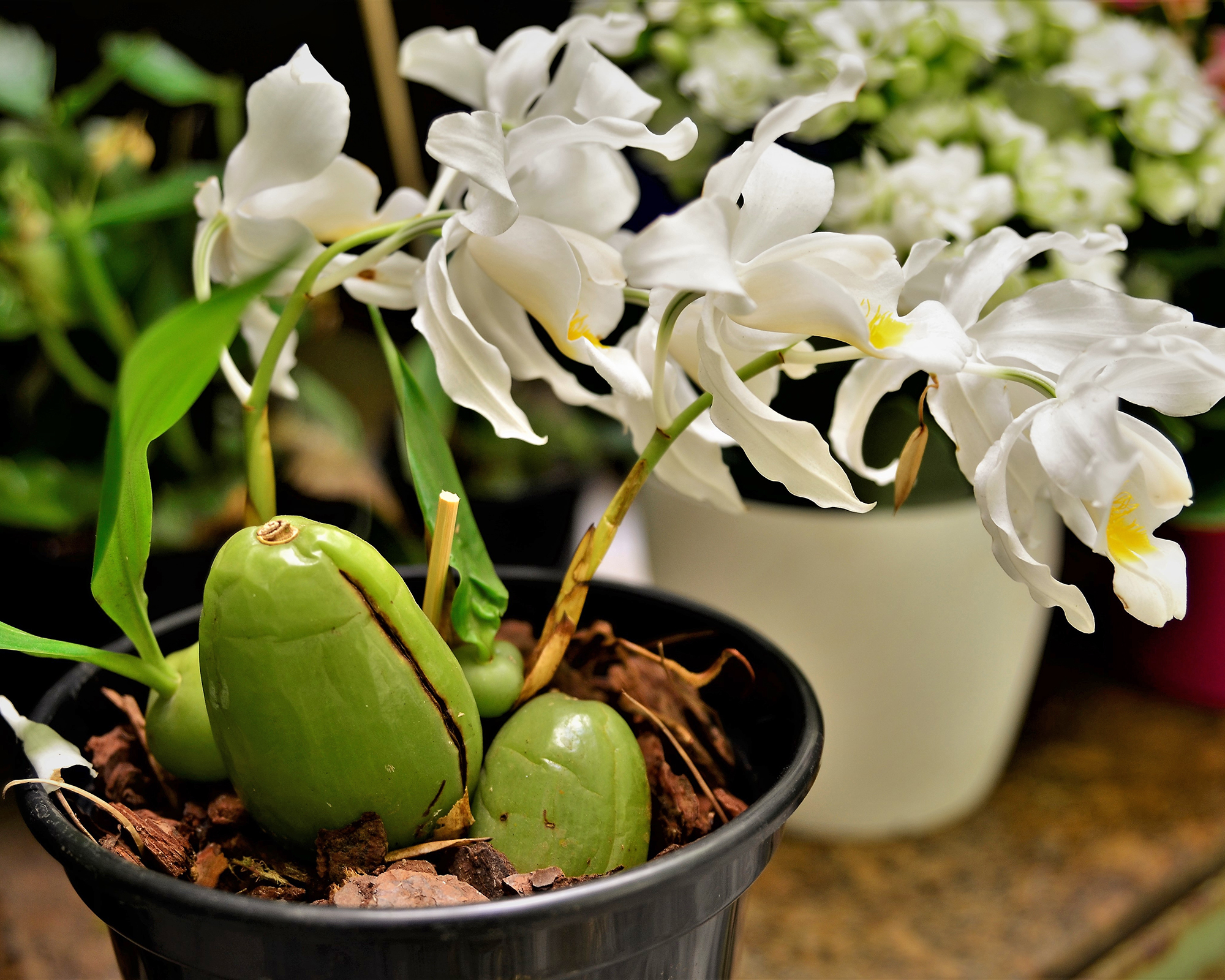
How Often To Water Orchids
Orchids generally need water once a week during the winter and twice during warmer weather. However, this is impacted by the ambient temperature, humidity levels, and chosen growing medium. Different types of orchids also have different needs.
In general, orchids with pseudobulbs, thick fleshy roots, or big leaves need watering less often than those with thin leaves or roots.
Pseudobulb orchid species, such as the Oncidium orchid, Cattleya orchid, and Dendrobrium orchid, have an advantage in that their pseudobulbs retain moisture. They should be allowed to dry out a little before being watered.
Gardening tips, videos, info and more delivered right to your inbox!
Sign up for the Gardening Know How newsletter today and receive a free copy of our e-book "How to Grow Delicious Tomatoes".
Meanwhile, species without pseudobulbs, such as the Vanda orchid and Paphiopedilum orchid, may need watering more frequently.
The ever-popular Phalaenopsis orchid has both thick roots and big leaves that reduce watering frequency. However, as it has no water storage organs, it should not be allowed to completely dry out.
While most orchids operate on a cycle of wet and dry, some prefer almost constant moisture, such as the Cymbidium orchid and monkey orchid.
Never ignore your orchids' watering needs for longer than 2-3 weeks.
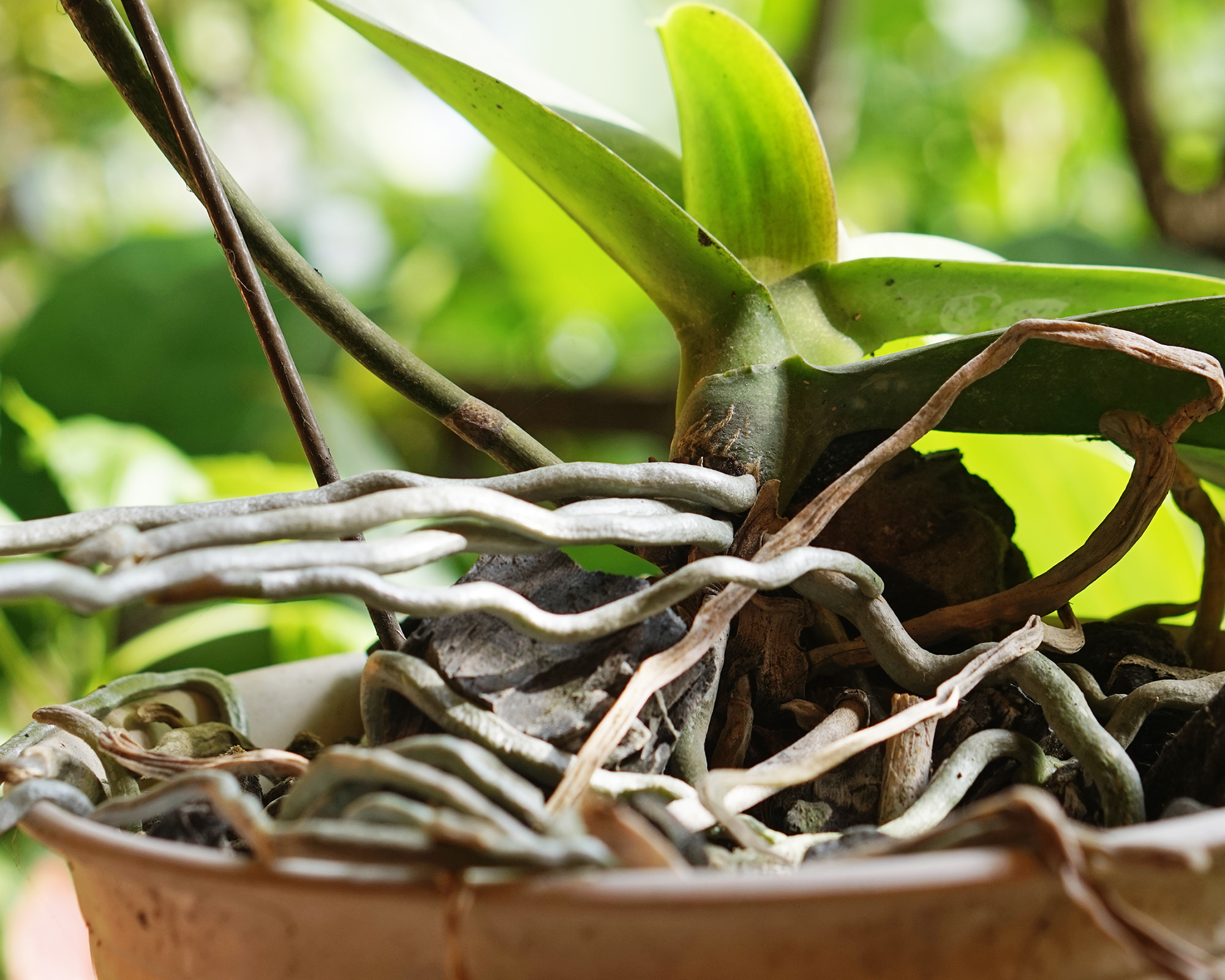
Signs An Orchid Needs Watering
If the orchid potting mix has dried out, then it's time to water. You can feel for moisture by pushing your finger down into the mix about one inch deep. Also look for visual clues, such as condensation on the inner plastic pot.
However, the best way to learn how often to water orchids is to gain an understanding of root health.
Orchid roots are surrounded by a thin membrane called velamen. It not only soaks up lots of water rapidly, but also adheres to rough surfaces and facilitates the uptake of other nutrients.
If the velamen is dry and silvery, the orchid is likely dry and in need of a drink. Newly watered velamen should be green or mottled.
Black or dark brown roots with signs of rot usually mean the plant has been overwatered.
Many orchids are epiphyte plants that attach themselves to trees and get their water from rain or water vapor in the air. They aren’t used to drowning in water, which can lead to rot and the death of the plant.
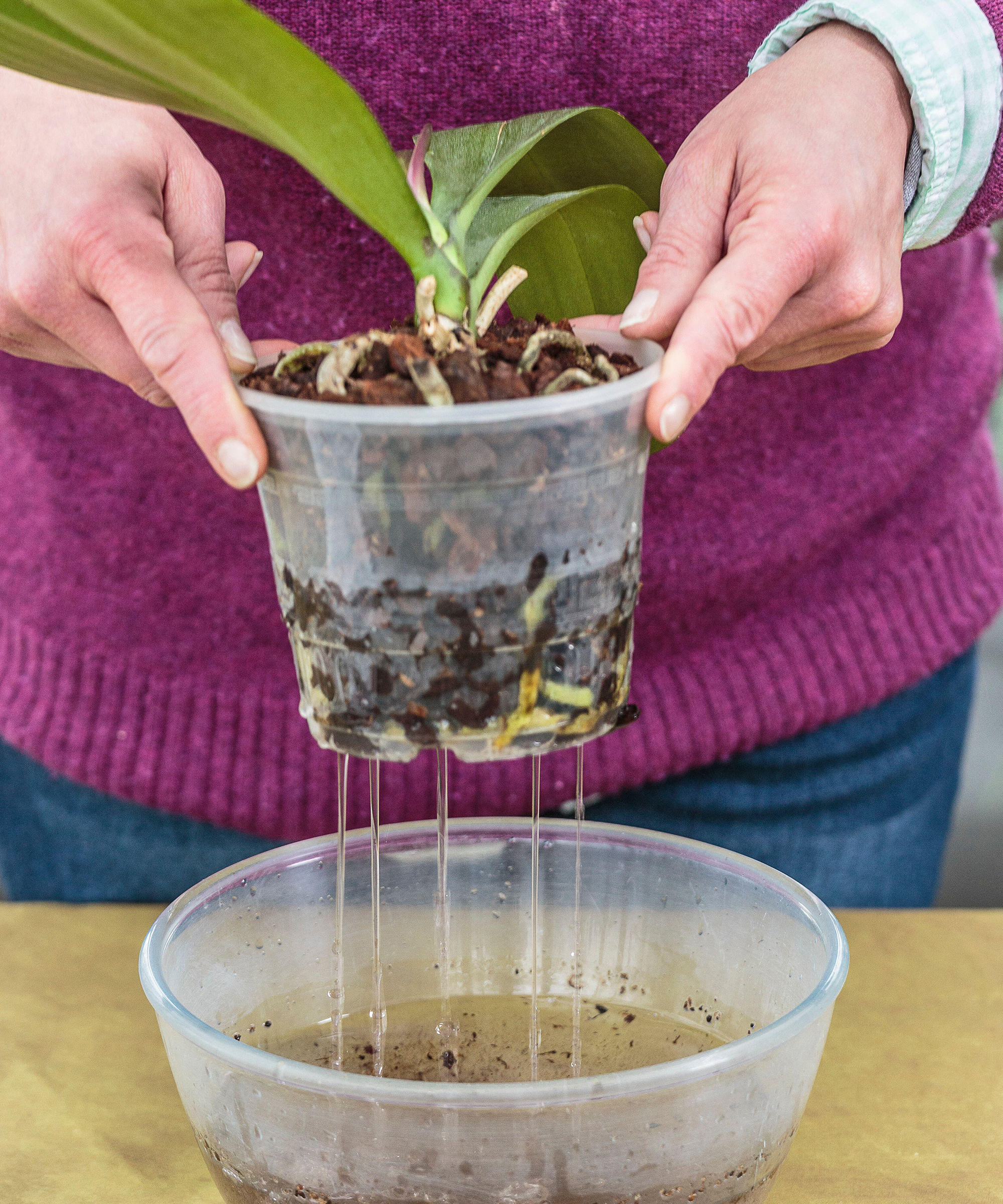
How The Growing Medium Affects Watering
The orchid potting medium will also impact how often you should water. If a medium retains water well – such as pine bark nuggets or sphagnum moss – the orchid needs water less often. If, however, a less water-retentive medium is used – such as charcoal or clay pellets – the plant will need more frequent irrigation.
That said, a standard medium for orchids should contain a mix of fir bark, fern fiber, perlite, gravel and sphagnum moss.
Mounted orchids need more frequent waterings than those grown in containers.
Should I Water My Orchid More When It Is Flowering?
Water your orchid more often when it is nearing bud break or when it is in bloom. There is a fine line here though. Keep an eye on the plant’s roots and the potting medium to monitor for moisture. If the medium is drying out go ahead and water the plant, otherwise leave it for a while.

Amy Grant has been gardening for 30 years and writing for 15. A professional chef and caterer, Amy's area of expertise is culinary gardening.
- Amy DraissDigital Community Manager
- Melanie GriffithsSenior Editor
-
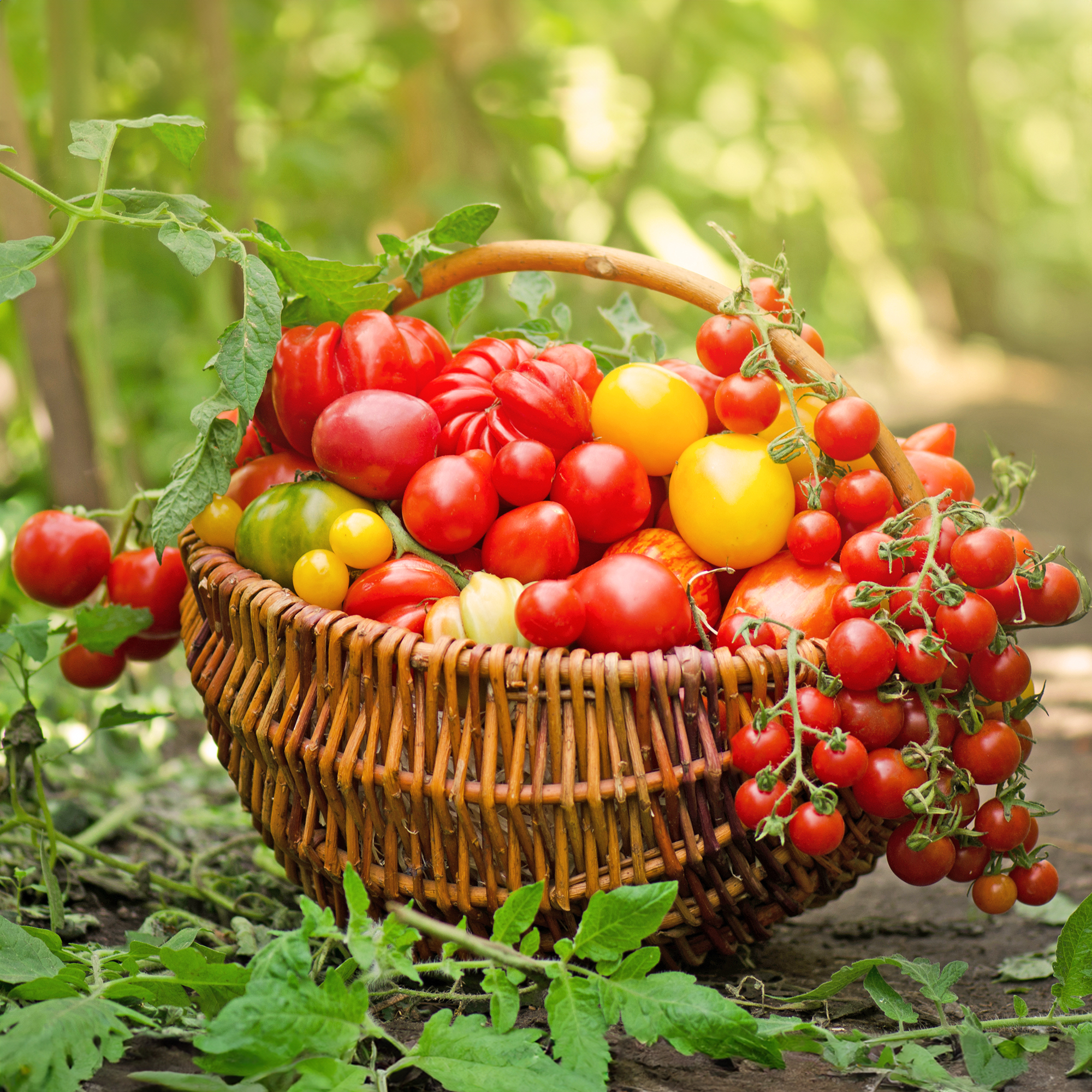 Types Of Tomatoes Explained: Explore The Many Wonderful Shapes, Colors, Flavors, & Best Uses
Types Of Tomatoes Explained: Explore The Many Wonderful Shapes, Colors, Flavors, & Best UsesThe world of tomato varieties is vast and fascinating. Learn about the key types to grow in your garden, tailored to your preferences and space.
By Amy Grant
-
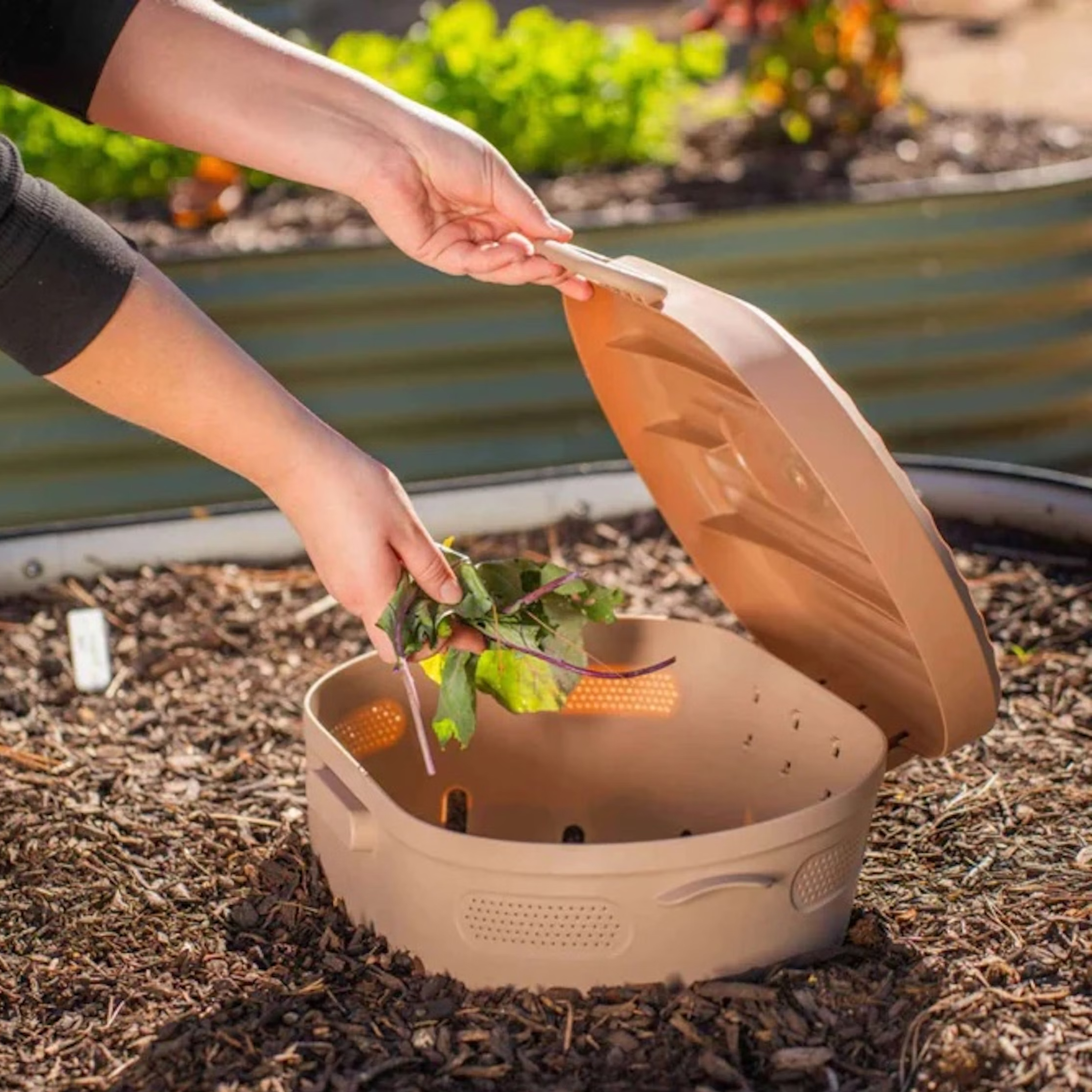 Try The Trend – Turn Any Bed Into A Keyhole Garden With This Clever In-Ground Composter
Try The Trend – Turn Any Bed Into A Keyhole Garden With This Clever In-Ground ComposterKeyhole gardening is an efficient and sustainable practice that saves space. Get started on this DIY project quickly and easily with an in-ground composter.
By Bonnie L. Grant
-
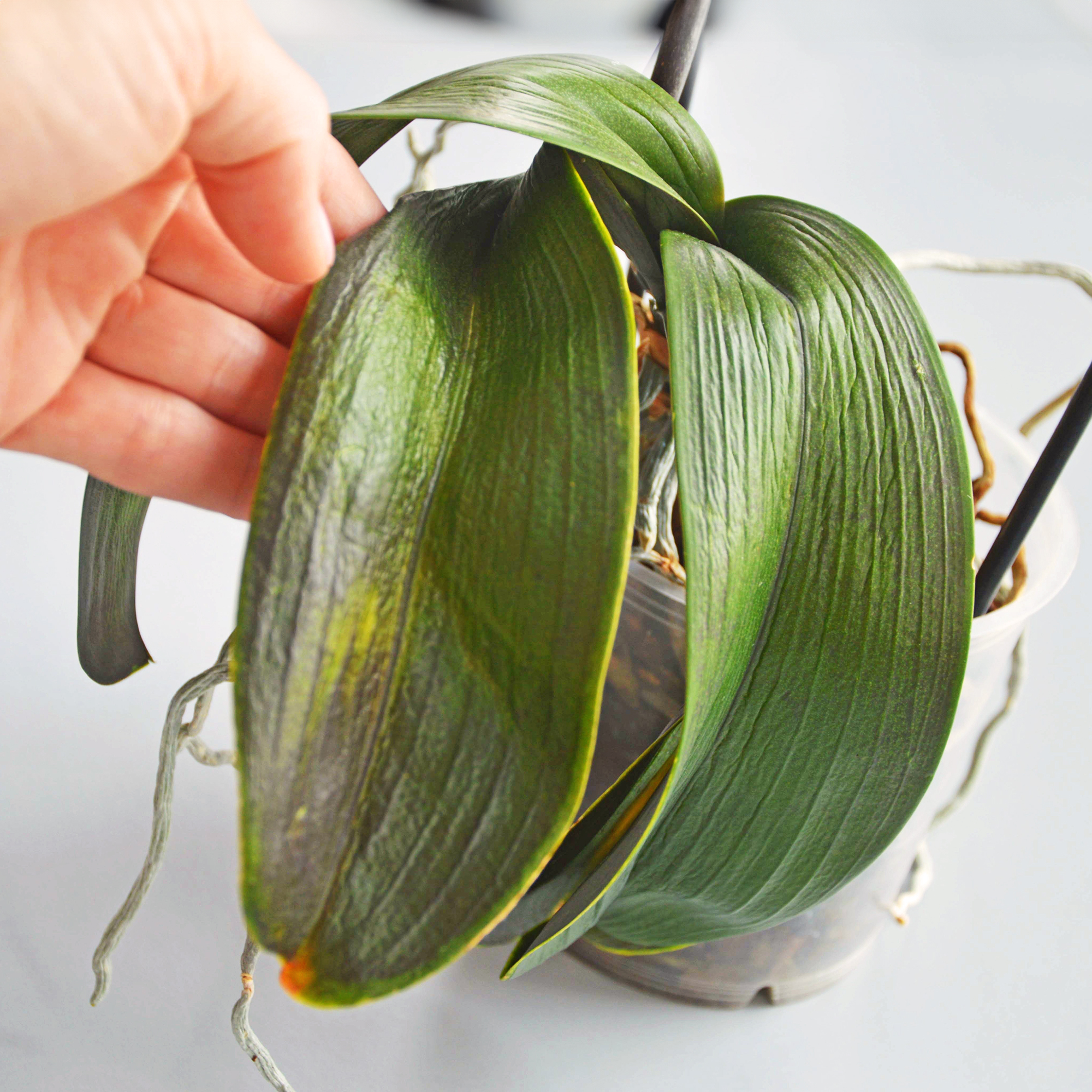 Orchid Leaves Wrinkled? 5 Common Causes & How To Restore Their Vitality
Orchid Leaves Wrinkled? 5 Common Causes & How To Restore Their VitalityAre your beloved orchid's leaves wrinkled? Worry not! Here are the most common causes for puckered orchid foliage, plus how to plump them back up.
By Tonya Barnett
-
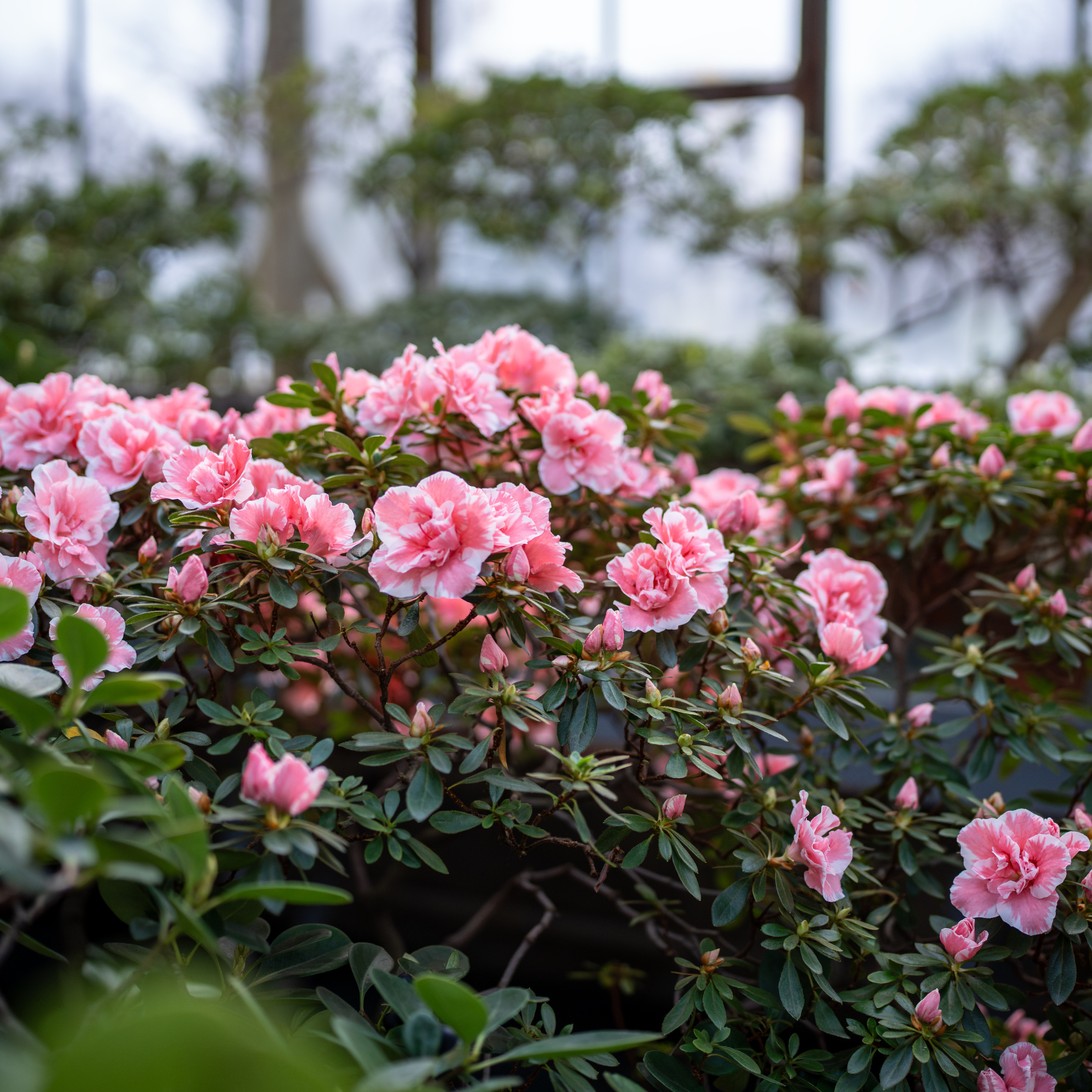 What Is The Size Of An Azalea? Explore Different Varieties That Will Suit Every Garden
What Is The Size Of An Azalea? Explore Different Varieties That Will Suit Every GardenThe size of azaleas can vary widely because they have been selectively bred for different landscape needs. Check out our picks for each size category.
By Mary Ellen Ellis
-
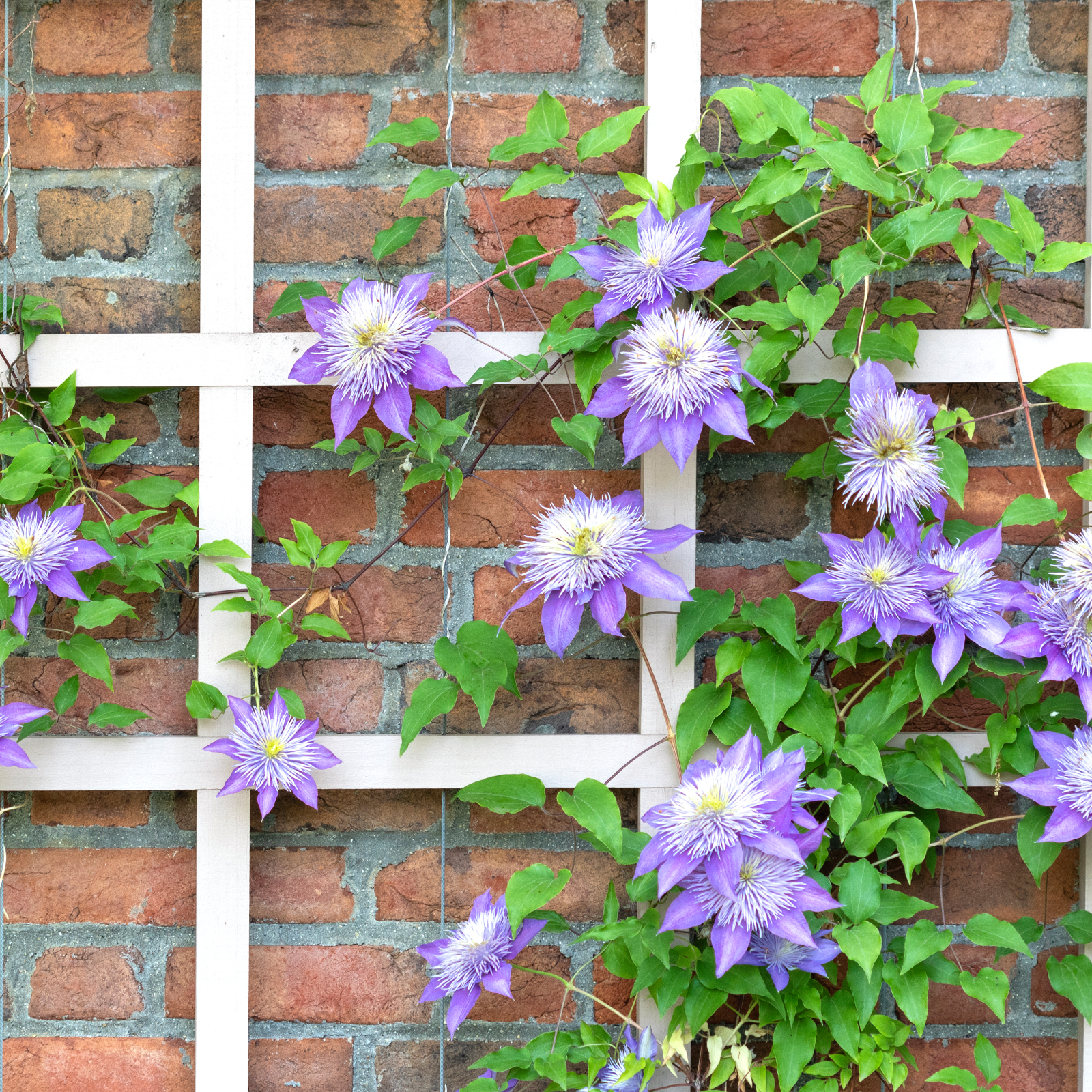 5 Fabulous Fast-Growing Vines – That Will Quickly Climb Any Arbor, Trellis, Or Fence
5 Fabulous Fast-Growing Vines – That Will Quickly Climb Any Arbor, Trellis, Or FenceThese fast growing vines are perfect for covering any eyesores in your yard or creating a living fence. They will provide great visual interest, as well.
By Amy Grant
-
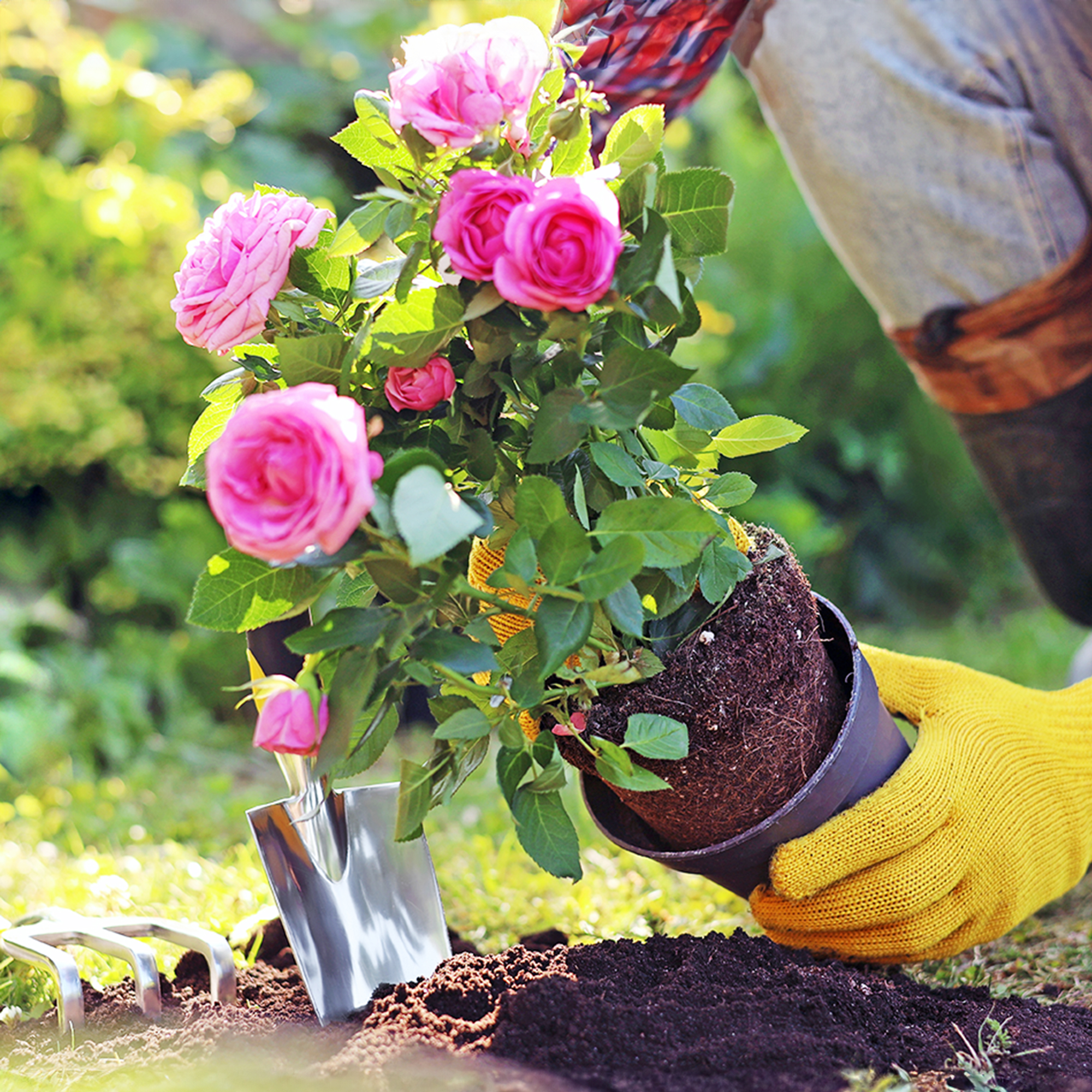 When To Plant Roses: The Best Time For Your Climate And Rose Type
When To Plant Roses: The Best Time For Your Climate And Rose TypePlant your roses at the right time and you will be rewarded with decades of glorious summer flowers – but get it wrong and you'll be crying over dead shrubs.
By Teo Spengler
-
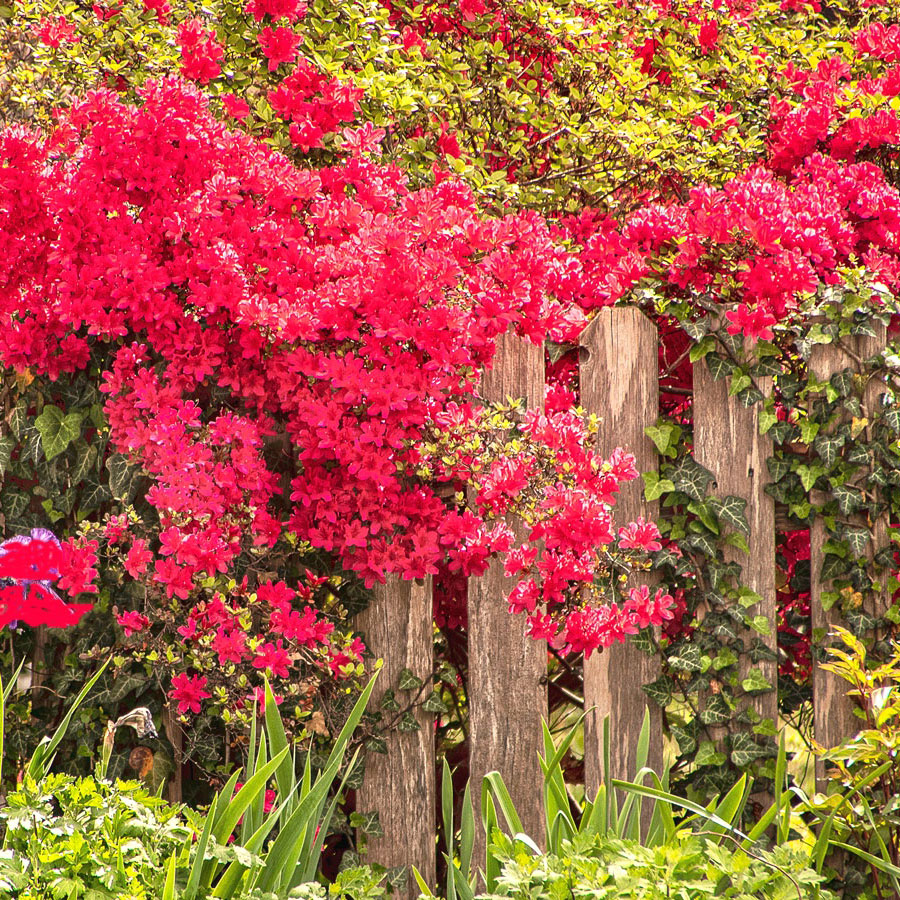 Spectacular Early Blooming Shrubs: 6 Sparkling Spring Flowering Bushes
Spectacular Early Blooming Shrubs: 6 Sparkling Spring Flowering BushesWant to kickstart your gardening year with dazzling spring flowering bushes for beds and borders? These unique early bloomers are sure to help you rise and shine!
By Teo Spengler
-
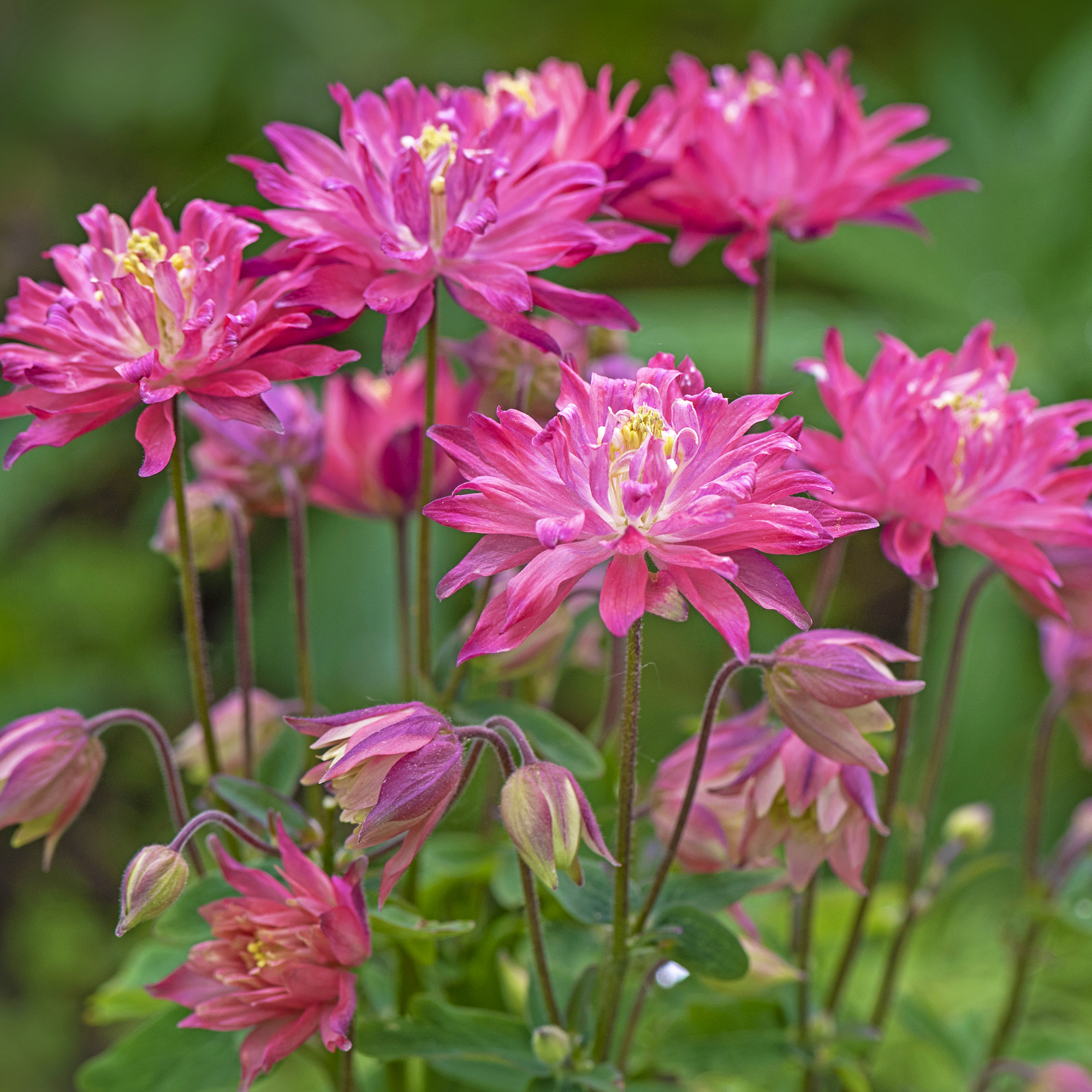 7 Shade-Loving Flowers To Start From Seed Now For A Stunning Summer Garden
7 Shade-Loving Flowers To Start From Seed Now For A Stunning Summer GardenTurn shady spots into vibrant new garden spaces with lovely and illuminating shade-loving flowers.
By Ellen Wells
-
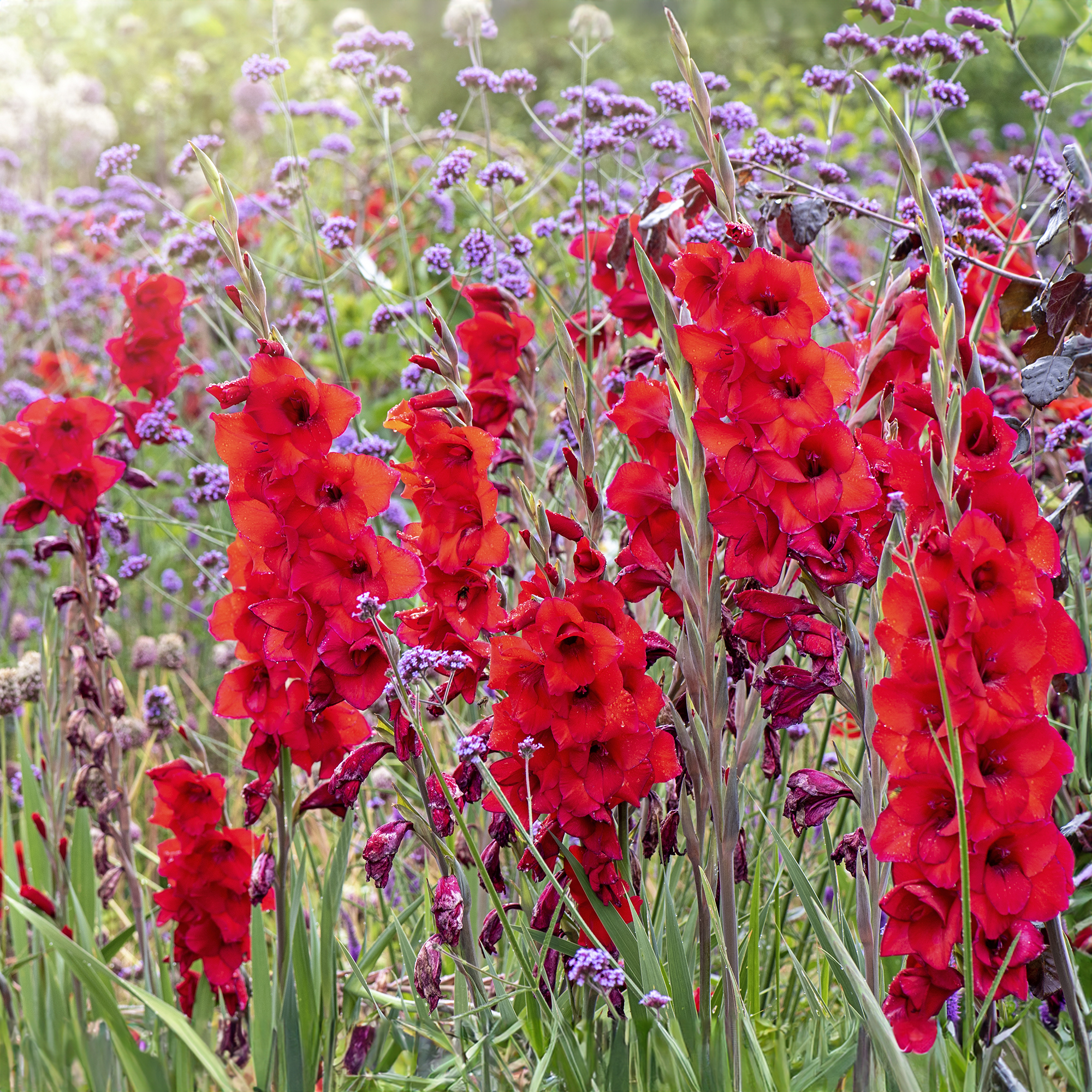 7 Summer-Blooming Bulbs To Plant In Early Spring: Don't Miss Months Of Glorious Flowers!
7 Summer-Blooming Bulbs To Plant In Early Spring: Don't Miss Months Of Glorious Flowers!Get a head start on stunning summer blooms with these easy-to-plant bulbs – act early and you will enjoy vibrant flowers that last for months on end.
By Mary Ellen Ellis
-
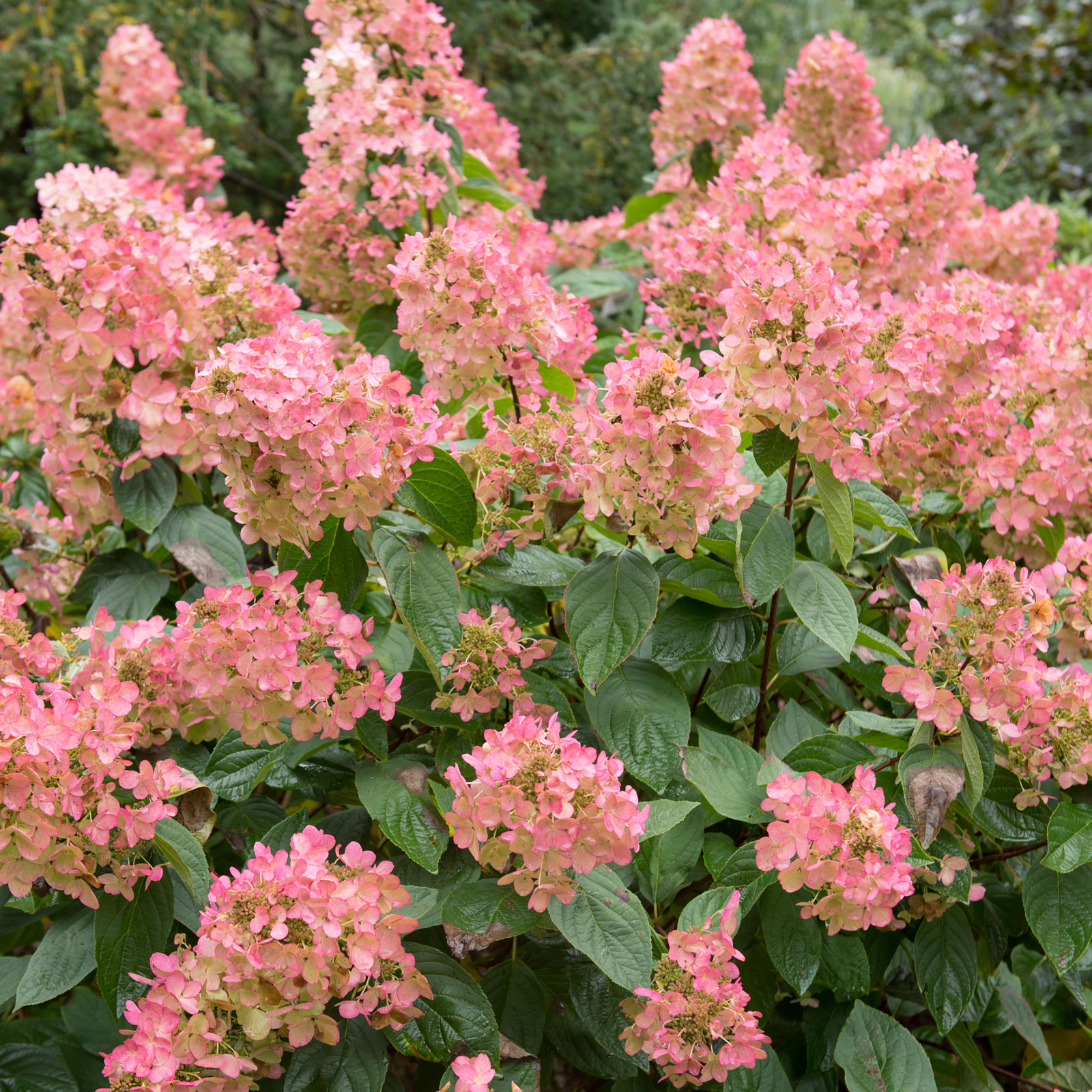 Quick Fire Hydrangea – The Elegant, Easy-Care Shrub Every Gardener Needs In Their Landscape
Quick Fire Hydrangea – The Elegant, Easy-Care Shrub Every Gardener Needs In Their LandscapeIf you’re after an early flowering panicle hydrangea that offers plenty of floral variety, the Quick Fire hydrangea goes big on visual dynamics from early summer to fall
By Tonya Barnett